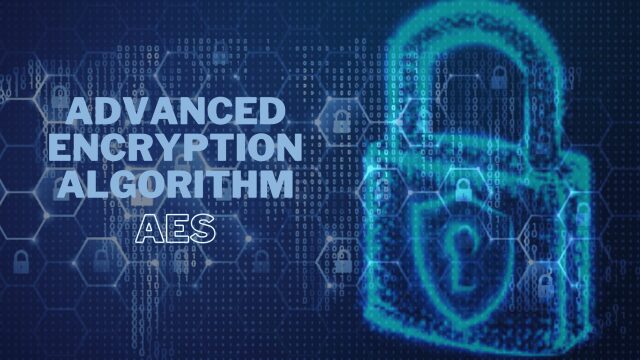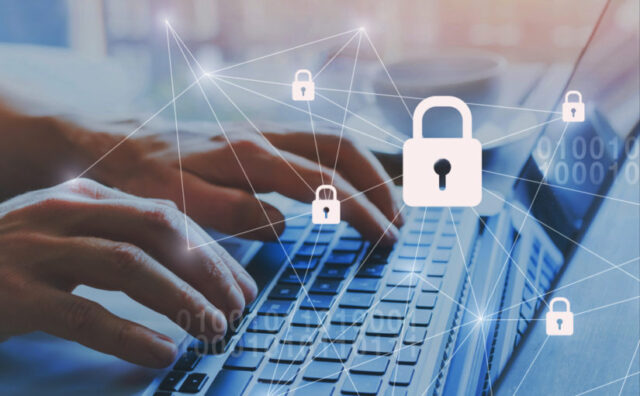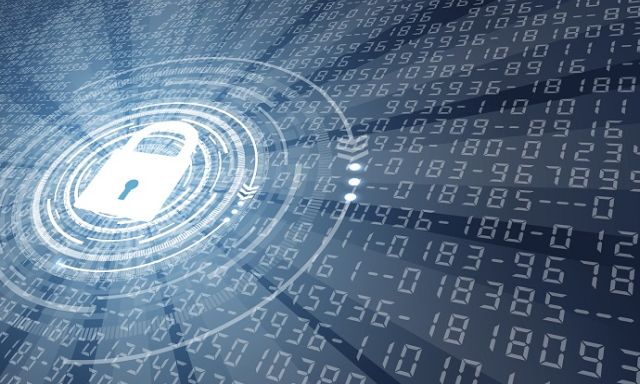
Did you know that over six million records were compromised due to data breaches worldwide during the first quarter of 2025? The figures for previous years weren’t satisfactory either. What’s more troublesome is that these cybercrimes are happening in the era of revolutionary advancements in digital data protection practices.
Cybercrimes usually take place due to a lack of knowledge, human error, vulnerable security solutions, and reliance on third-party software. Businesses can avoid or minimize these data breaches by employing the latest security techniques like data encryption or by using multi-layer, upgraded data management solutions like virtual data rooms.
What is data encryption? What are the commonly used encryption techniques? How is data room software a reliable option for business data protection?
What Is Data Encryption?

Data encryption is one of the most common and secure methods for personal or corporate data protection. Encryption converts plain text or readable data into random text or cipher data which anyone can only decode with the help of a cryptographic key. In simple words, the data is converted to an unreadable form, and only the intended person can decode and read it.
You can apply encryption data in three different ways, including:
- When the data is in transit
- When the data is stored, or
- By creating an end-to-end encrypted data lifecycle
7 Common Data Encryption Techniques for Businesses

“It seems that data breaches and thefts have turned out as a never-ending curse for companies worldwide, but most of them can’t blame anyone but themselves. Data protection is a mega challenge for businesses, especially when they share with outsiders during or after complex transactions like mergers and acquisitions.
It is imperative to employ cyber protection measures or tools (like digital data room software) that actually keep the hunters at bay,” says Ronald Hernandez, Founder of data room-providers.org.
You can also read about other challenges that the acquiring company might have to face during a hostile takeover at: https://dataroom-providers.org/blog/hostile-takeover/.
Here are the common data encryption techniques used in the world.
1. AES (Advanced Encryption Standard)

AES, or Advanced Encryption Standard, is the most frequently used symmetric encryption method used in the business sector worldwide, including the public sector and government institutions in the United States.
AES is often referred to as the golden data encryption standard. It encrypts 128-bit data blocks and is commonly used for VPNs, Wifi, and file and application encryption.
2. TDES (Triple Data Encryption Standards)
This Symmetric Encryption Standard, commonly known as Triple Data Encryption Standard or 3DES, employs a 56-bit key for data block encryption. It represents an enhanced and safer version of the Data Encryption Standard (DES) algorithm.
As the name says, TDES employs the DES algorithm three times on every single data block.
3. Blowfish

The Blowfish encryption technique is another symmetric encryption method that uses 64-bit block sizes and encrypts all of them one by one. It was originally developed to use as an alternative to DES (data encryption standard).
Blowfish is famous for its resilience, speed, and flexibility and is mostly used for securing password management systems, E-commerce platforms, and email data encryption tools.
4. RSA (Rivest-Shamir-Adleman)
A pioneer in the realm of cryptography, RSA stands out for its unique mechanism of two interdependent keys – a public one for encryption and a private one for decryption. Imagine sending a locked box where anyone can put something in (encrypt), but only the person with the right key can open (decrypt).
RSA’s resilience hinges on the mathematical challenge of factoring large prime numbers. This technique is often chosen for tasks like securing emails and website authentication.
5. ECC (Elliptic Curve Cryptography)

For those looking for power-packed security in a smaller package, ECC is the answer. By employing the mathematics of elliptic curves, ECC delivers equivalent security to RSA but with notably shorter key lengths.
This makes it the encryption darling for mobile and IoT devices, where computational power and memory are limited.
6. PGP (Pretty Good Privacy)
Ever worried about your email’s security? PGP is your solution. This program seamlessly combines symmetric and asymmetric encryption to protect emails and files.
Think of it as wrapping a message in multiple layers of protection, ensuring that only the intended recipient can read it.
7. Diffie-Hellman Key Exchange
Before delving into secure communication, parties need to agree on a secret key. Diffie-Hellman elegantly solves this by letting two parties create a shared secret, even on a potentially compromised channel.
How Do Virtual Data Rooms Protect Your Business Data?

Virtual or online data room software is a modern-day cloud-based data management solution for companies, organizations, enterprises, professionals, public institutes, and nonprofit organizations.
Apart from being a resourceful virtual workspace and data management solution, virtual data rooms are primarily known for their impeccable digital security systems. Here is what you need to know about the top security features in data rooms.
- 256-bit SSL encryption – 256-bit encryption is one of the strongest data encryption tools available right now. It is a common encryption method in investment banks and public organizations like militaries and armies. Modern-day dataroom services like iDeals, Merrill, etc., boast 256-bit data encryption to ensure your secretive information is safe.
- Fence-view – Fence-view feature is a highly effective feature for protecting your sensitive information from third parties. It not only protects the documents from being photographed, deleted, copied, shared, or printed but also hides or blurs any specific portion, page, or line from any document. That’s why this feature is common in due diligence or M&A data rooms.
- Self-destructive documents – Self-destructive documents are another way to limit confidential information from falling into the wrong hands. When sharing data with users, a virtual data room allows you to set a timer on any specific file. Once the user opens the file, the timer starts, and the document automatically shreds once the time completes. There will be no traces of such documents in the user’s device or even browsing history.
- Document access controls – Virtual data rooms give you ample diversity in setting document access controls. You can set access permissions for every single user just the way you want. Also, you can restrict anyone from accessing, editing, deleting, copying, printing, annotating, or downloading any data.
Final Words

It is necessary to have an effective data encryption strategy for any type of business. The corporate sector can maximize digital protection by employing multiple security options and using certified data management solutions, such as dataroom software, when sharing confidential information with external parties.












